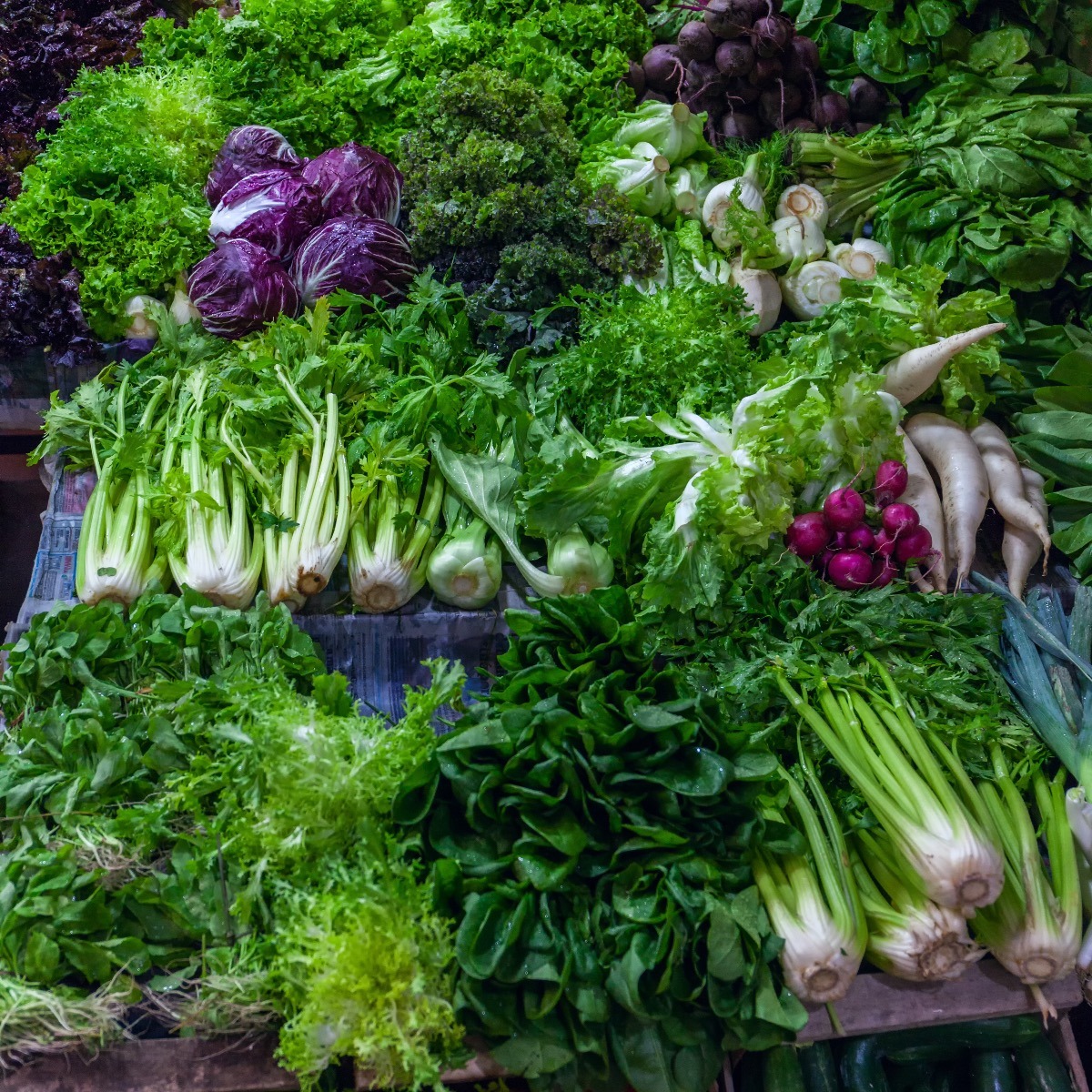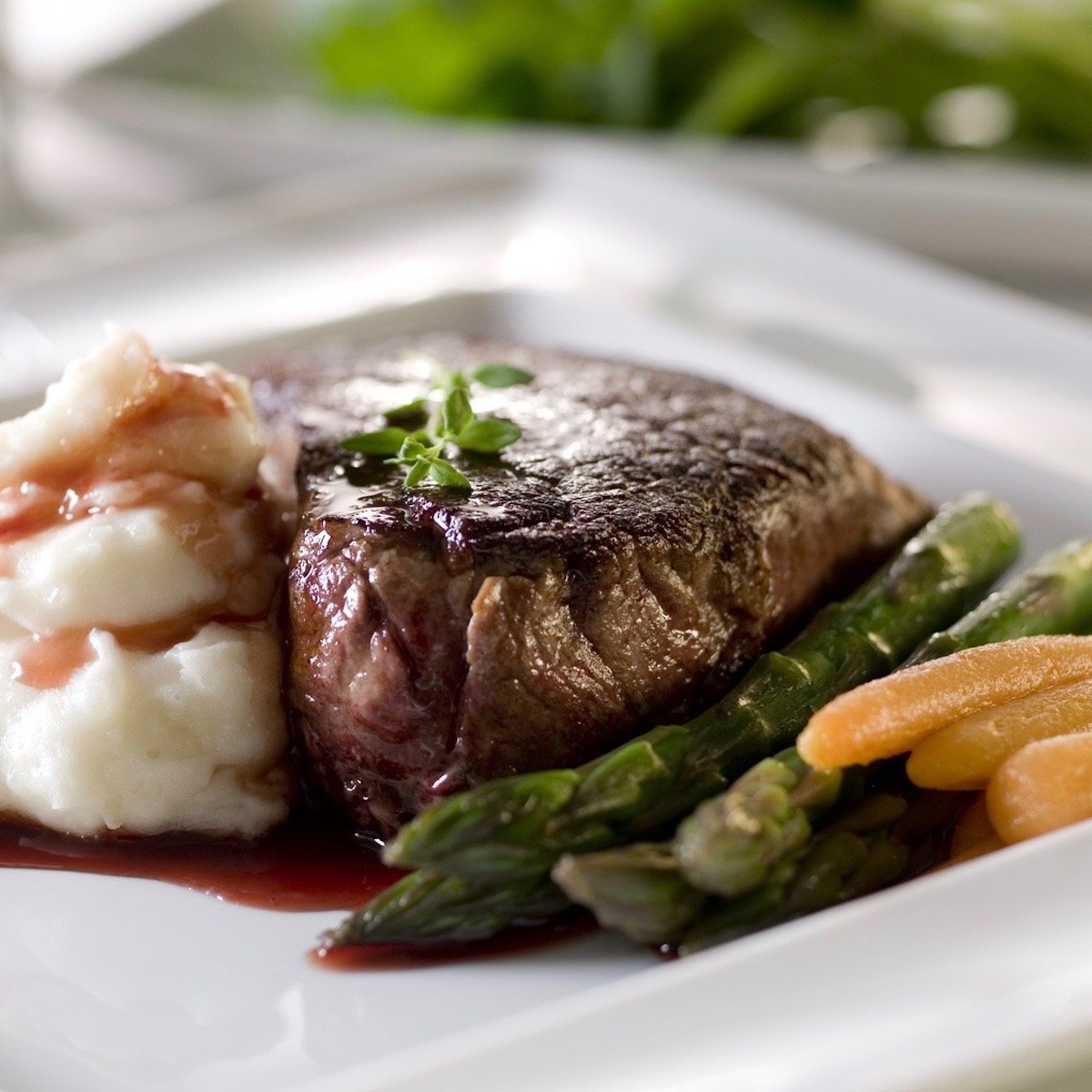What I Learned Today About Preparing Salads
Salads are a versatile, healthy, and refreshing addition to any meal, but creating the perfect salad requires more than just tossing a few ingredients into a bowl. Whether you’re looking for a light side dish or a hearty, meal-worthy salad, a few simple tips can elevate your creations to new heights.
From balancing flavors and textures to selecting the freshest ingredients, there are countless ways to enhance the taste and presentation of your salads.
In this post, I’ll explore a range of salad tips that will help you master the art of salad-making. Whether you’re a beginner or a seasoned home cook, you’ll discover how to build layers of flavor, incorporate a variety of textures, and make dressings that tie everything together.
We’ll also share advice on selecting the best greens, prepping ingredients efficiently, and ensuring your salad is as visually appealing as delicious. With these easy-to-follow tips, you’ll be able to create salads that are healthy, nutritious, and bursting with flavor and creativity. So, grab your greens and prepare to make salads that stand out at every meal!
And did you know Americans eat about “25 pounds of lettuce yearly”?
14 Salad Tips
Yes, salads are a healthy and delicious option for any meal, but they can be boring if they are not appropriately prepared. Here are ten tips for making a tasty and satisfying salad:
- Use a variety of greens – Mixing different types of lettuce and greens will add flavor, texture, and nutrients to your salad.
- Add colorful vegetables – Adding colorful vegetables like cherry tomatoes, bell peppers, and carrots will make your salad more visually appealing and add flavor and nutrients.
- Incorporate protein – Adding protein like chicken, tofu, or beans will help keep you full and satisfied.
- Use a flavorful dressing. A tasty dressing can transform a salad from bland to delicious. Experiment with different types of dressings or make your own.
- Don’t skimp on the herbs – Fresh herbs like basil, cilantro, and parsley can add much flavor to a salad.
- Include a crunchy element – Adding crunchy elements like nuts, seeds, or croutons will add texture and flavor to your salad.
- Use seasonal ingredients – Using ingredients that are in season will not only make your salad taste better, but it will also be more cost-effective.
- Use a mix of textures – A salad with a mix of textures is more interesting. Add softer ingredients like avocado or hard-boiled eggs to contrast with crunchier elements like nuts or croutons.
- Don’t overdo it on the dressing – Adding too much dressing is easy, which can make a salad soggy and heavy. You can start with a small amount and add more as needed.
- Get creative – Feel free to try new ingredients and flavor combinations. Salad is an excellent opportunity to be creative and try new things.
- Don’t use expensive extra virgin olive oil for salad dressing – There is no reason to use good olive oil when making a mustard vinaigrette.
Why? The mustard overpowers the taste of the olive oil. You might as well use vegetable oil or canola oil. However, you want to use decent French mustard with lots of flavors. I typically use Dijon mustard. If you want to use olive oil, please be careful not to overbeat it when combined with the other ingredients to prevent it from losing its delicate flavor and becoming bitter. - Try making a blend of olive oil and some other type of oil. I like to mix my vinaigrette in a used jar with a cover for easy storage. Usually, I save an old mayonnaise or baby food jar. If the dressing gets low, add more ingredients, taste, and adjust the amounts.
- Some recipes insist on using a whisk to combine ingredients, although a fork works just fine.
- What vinegar you use is your choice and depends on what you are putting the vinaigrette on. I prefer Balsamic vinegar, but you can use red or white, cider, flavored, or infused vinegar, or even try no vinegar at all and substitute citrus juice. (But then it wouldn’t be called a vinaigrette, would it?)
Supermarkets Gone Wild

Lettuce is a versatile and tasty ingredient found in many dishes, from salads to sandwiches to wraps. But have you noticed how many different types of lettuce supermarkets are now selling?
When I was a kid, all you could buy was iceberg and maybe some romaine. And how about all the options they give you when deciding what to buy?
Pre-mixed blends, prewashed, triple washed, pre-cut, organic, not organic. So you have more choices when buying lettuce than options when buying a new car.
Different types of lettuce are available at the supermarket, each with a unique flavor and texture. Here is a list of some of the most common types of lettuce you can find at the supermarket:
- Iceberg lettuce is known for its crisp, crunchy texture and mild flavor. It is often used in salads and sandwiches and is a good choice for people who don’t like intense flavors.
- Romaine lettuce – This type is long and narrow, with a crunchy texture and a slightly bitter flavor. It is often used in Caesar salads and is a good source of vitamins and minerals.
- Butter lettuce – Also known as Bibb lettuce, it has soft, tender leaves and a sweet, buttery flavor. It is often used in salads and is a good choice for people who prefer milder flavors.
- Red leaf lettuce has dark red, slightly bitter leaves and a sweet flavor. It is often used in salads and sandwiches and adds color to dishes.
- Green leaf lettuce has a tender, dark green leaves and a slightly bitter flavor. It is often used in salads and sandwiches and is a good source of vitamins and minerals.
- Arugula – This type of lettuce has dark green, slightly spicy leaves and a slightly bitter flavor. It is often used in salads and adds a unique flavor to dishes.
- Spinach is technically not a type of lettuce, but it is often found alongside other lettuces in the produce section. It has dark green, tender leaves, and a slightly earthy flavor. It is often used in salads and smoothies and is a good source of vitamins and minerals.
- Endive – This lettuce has narrow, crisp leaves and a slightly bitter flavor. It is often used in salads and adds a unique texture to dishes.
- Radicchio – This lettuce has red and white leaves with a slightly bitter flavor. It is often used in salads and adds color to dishes.
What Exactly Is Triple Washed?

According to Food Network Magazine, triple-washed greens are washed and rinsed three times before packaging to “remove dirt, pesticides, and bugs.” And they also say they are safe to eat right out of the packaging.
You will pay for triple-washed, but it could be worth it to save time. How much will you pay up? According to the article, a “22-ounce bag of whole unwashed romaine hearts is about $4.00 ….. prewashed romaine leaves cost about the same for just seven ounces. O.K., I’ll go back to washing my lettuce.
So here’s my question: how did they determine three times washing is the magic number? When I buy unwashed greens at home, I only give them a bath once in the salad spinner, and they seem fine to me. What if I washed them twice? Is that still not good enough?
I’m sure they must have done studies, or maybe it is to cover their butts, but triple-washed sounds good when I buy a bag. Now I wonder if they taste better when you know they are triple clean.
Storing Lettuce
Lettuce is a staple in many meals and salads, but it can be frustrating when it starts to wilt or spoil before you can use it all. Proper storage is critical to keeping lettuce fresh and extending its shelf life. Here are some tips for storing lettuce to help it stay fresh and delicious for as long as possible.
First, wash and dry the lettuce thoroughly before storing it. Any excess moisture on the leaves can lead to spoilage, so pat it dry with a clean towel or spin it in a salad spinner.
Next, consider the type of lettuce you are storing. Leafy greens like lettuce, spinach, and arugula are more delicate and will spoil more quickly than heartier lettuces like romaine or iceberg. If you have leafy greens, storing them in a damp paper towel or cloth in a loosely sealed bag in the refrigerator is best. If you have heartier lettuce, you can store it in the crisper drawer of your refrigerator.
I didn’t know you could adjust the humidity setting, and come on, that’s a lot of paper towels they suggest using. Of course, I skip the paper towels, and my lettuce holds up just fine, but I’m just sharing what I’m learning.
And what about when you are ready to use the lettuce and find a bad, slimy-looking leaf? Should you throw out the entire bag? No, toss the funky one and any leaves that may have touched it.
And who knew you should not store lettuce next to apples or other “ethylene” producing fruits? They speed up the rotting process.
If you want to store lettuce for longer, you can try blanching it before freezing it. To do this, bring a pot of water to a boil and have a bowl of ice water ready. Then, cut the lettuce into pieces and carefully add it to the boiling water for about 30 seconds.
You Can Boil Lettuce
Remove the lettuce from the boiling water and immediately plunge it into the ice water to stop the cooking process. Once the lettuce has cooled, pat it dry with a paper towel and place it in a freezer bag or container. Frozen lettuce will last for about 6-8 months in the freezer.
Pickling
Another option for storing lettuce is to preserve it by making lettuce pickles. To do this:
- Mix equal parts vinegar and water and bring it to a boil.
- Next, place the lettuce in a jar or container and pour the hot vinegar mixture over the top, submerging the lettuce fully.
- Finally, let the jar cool to room temperature before sealing it and storing it in the refrigerator. Lettuce pickles will last for several weeks in the refrigerator.
No matter which method you choose, it is essential to store lettuce properly to prevent it from wilting or spoiling. However, with some care and attention, you can keep your lettuce fresh and enjoy it for longer.
Creamy or Straight Vinaigrette?
After asking their Food Network fans what salad dressing they put on their salads, the results were a “toss-up.” It was a 50 – 50 split between a straight vinaigrette and a creamy one.
Good to know, but I would like to know how many people they sampled, how many choices they gave them, or if it was fill-in-the-blank. I love creamy dressings like Ranch and Blue Cheese, but my cardiologist prefers that I stick to the straight vinaigrette, and less is more.












